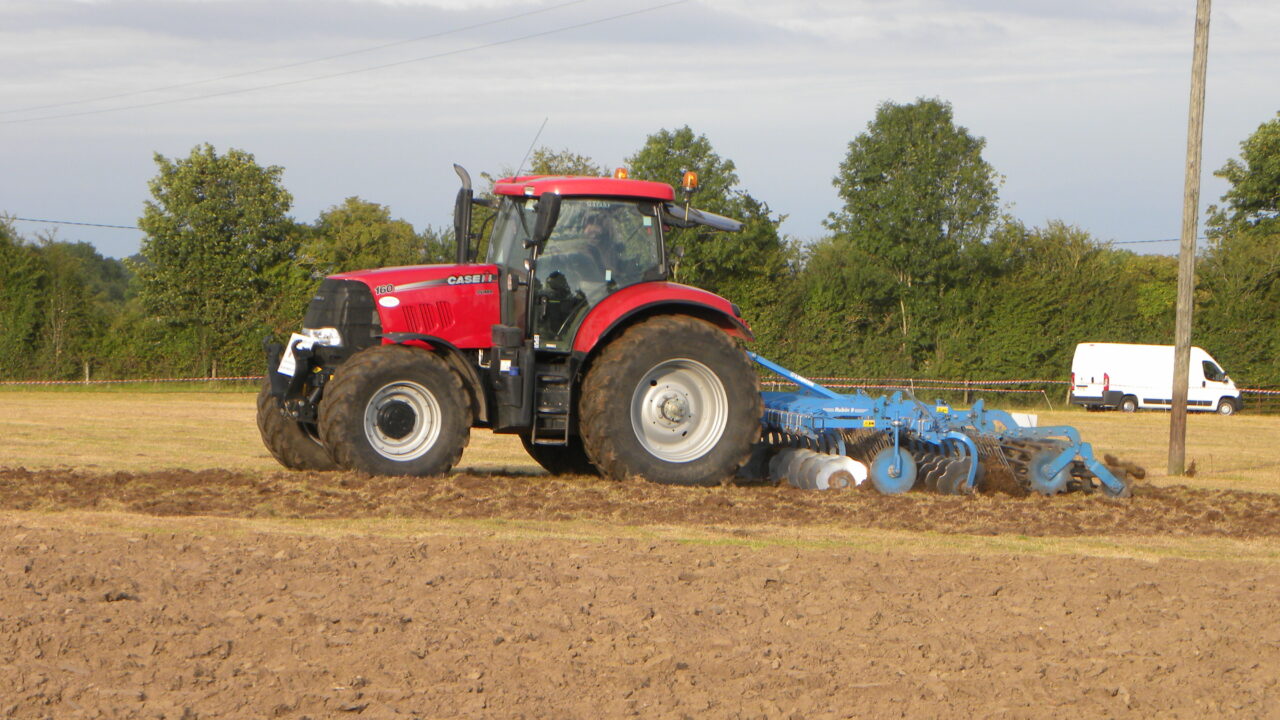The period between harvest and drilling next season’s crop provides a great opportunity to get on top of weed, pest and disease problems, according to Crops Technologist, Leigh McClean.
Careful planning now gives the next crop a fresh start, hopefully making management later in the growing season more straightforward, McClean said.
Slug monitoring
After another wet summer slug numbers are likely to be high this autumn, and by determining slug numbers he said that the farmer will have a better idea of the risk to the new crop, leaving time to plan a control strategy.
Slug numbers can be assessed by trapping, using a tea tray sized cover with suitable bait such as layers mash underneath, according to the Crops Technologist.
He advises against using slug pellets as the high concentration of pellets may poison wildlife or pets. Checking the trap the following morning for slugs, a farmer can then calculate the risk to various crops.
The Northern Irish Department of Agriculture’s (DAERA) website has details of thresholds at which potential slug damage is likely to occur in various crops and what treatment options are available, McClean said.
Aphid monitoring and virus control
“The Agri-Food Biosciences Institute’s cereal aphid monitoring has already started, with now being the perfect time to control virus carrying aphids, reducing the risk of cereal virus.
“Results for August show winged aphid numbers were significantly higher at the beginning of this year’s migration period than the 15-year average.
“This is an early signal there could be a high occurrence of Barley Yellow Dwarf Virus (BYDV) this autumn”.
In fields with weedy stubble or a large number of volunteer cereal plants, this ‘green bridge’ should be destroyed to reduce the chance of infection from non-winged aphids.
Insecticide seed treatment is another option, for example Redigo Deter, which he said protects emerging seedlings from BYDV in the weeks immediately after sowing.
Seed treatment is a great insurance policy when weather hampers an aphicide application post emergence, protecting crops against both non-winged and winged aphids, he said.
Stale seedbeds for weed control
McClean has advised that difficult weather conditions during the past growing season meant many growers found herbicides alone struggled to give satisfactory grass weed control.
Where weeds are getting out of control, he advises using an integrated approach using stale seedbeds.
“Lightly cultivating as soon as possible after harvest will encourage a flush of weed seed to germinate, which can be then burnt off before ploughing and drilling.
“If meadow, rye or soft brome grass varieties are the main problem, best results are achieved if seeds are left to ripen for three to four weeks before cultivation for a stale seedbed.”
If this does not allow sufficient time to establish a winter crop consider a spring crop which allows a longer window to get on top of severe grass weed problems, he says.
Variety selection and seed treatment
With current margins tight the temptation to reduce input costs has to be carefully balanced against the potential loss in yield, the Crops Technologist said.
Selecting the right variety now is a useful way to maintain yield without additional fungicide costs, however he said it is important to place seed orders early since choices will become fewer as the drilling season progresses
“Good varietal resistance to disease also offers insurance as disease resistance to fungicides becomes more prevalent.”

